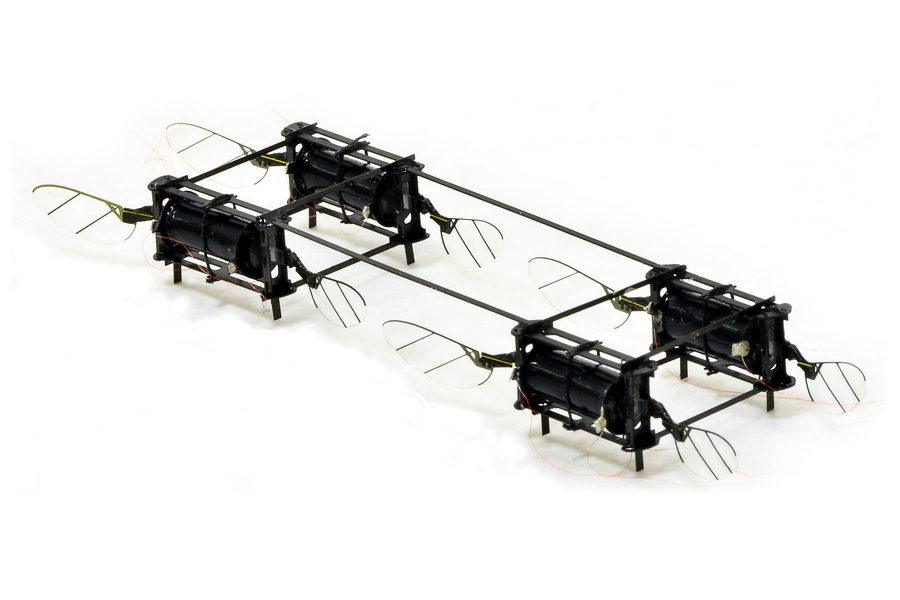The fascinating world of insects is not just about their ability to buzz around and pollinate flowers; it’s also about their remarkable resilience. Inspired by these small but mighty creatures, researchers have ventured into creating insect-sized drones that mimic their size and durability. MIT’s latest innovations in this field are pushing the boundaries of what is possible with miniature drone technology. In this blog post, we’ll explore the breakthroughs and the hurdles still facing these tiny marvels of engineering.
Understanding the Durability of Insects
Insects have evolved over millennia to be remarkably tough. Despite their delicate appearances, they can withstand impacts that would easily destroy larger machines. For instance, bumblebees navigate through dense vegetation, often negotiating collisions every second. This natural resilience has become a guiding principle for scientists and engineers looking to create drones that can also survive harsh environments.
The Challenge of Miniaturization
- Rigid Components: Traditional drones have relied on hard materials, making them vary in durability when scaled down.
- Efficiency Loss: Smaller motors often lose operational efficiency and robustness, leading to challenges in performance.
- Fragility: The smaller the drone, the more fragile its components tend to be, limiting its applications.
MIT Assistant Professor Kevin Yufeng Chen notes that creating viable aerial robots in a compact form is no small feat. The lessons learned from insect anatomy inform these designs but translating that knowledge into technology poses a unique set of complexities.
Innovations in Drone Design
The recent models coming out of MIT are game-changers. Described as resembling “a cassette tape with wings,” these drones feature soft actuators made from carbon nanotube-coated rubber. When electrical current is applied, these actuators expand and contract rapidly—up to an astonishing 500 times a second—allowing the wings to flap and facilitate flight.
Weight Considerations
One of the standout features of these drones is their weight. At approximately 0.6 grams, they adopt a similar mass to that of a large bumblebee. This lightweight design not only enhances maneuverability but also facilitates operations in environments previously thought inaccessible for drones.
Current Limitations and Future Prospects
Despite these advancements, there are still challenges to overcome. The current prototypes are tethered and require a consistent power supply to operate, which presents a logistical barrier in practical applications. However, the MIT team is optimistic about future designs, with exciting developments such as a new dragonfly-inspired shape that shows promise for flight and stability.
Potential Applications of Insect-Sized Drones
Once these tiny drones are successfully untethered and equipped with capable imaging technologies and effective batteries, the scope of their application is vast. Potential uses include:
- Precision Agriculture: Assisting in pollination and improving crop yields.
- Environmental Monitoring: Observing ecological changes and wildlife without disturbing habitats.
- Search and Rescue: Maneuvering through debris in disaster situations to find survivors.
The possibilities stand to benefit numerous industries and fundamentally change how we think about aerial robotics.
Conclusion
MIT’s advancements in insect-sized drones exemplify how nature can inspire technology. While the path forward is laden with challenges, the continuous efforts to build robust, efficient, and versatile micro-drones promise a future where these tiny innovations revolutionize our understanding of aerial capabilities. At fxis.ai, we believe that such advancements are crucial for the future of AI, as they enable more comprehensive and effective solutions. Our team is continually exploring new methodologies to push the envelope in artificial intelligence, ensuring that our clients benefit from the latest technological innovations.
For more insights, updates, or to collaborate on AI development projects, stay connected with fxis.ai.

